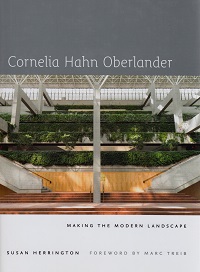
In the summer of 2013, I visited Vancouver, B.C. Across the street from my hotel was a wonderful urban space, Robson Square; I spent one morning of my precious two days exploring this space. On the same trip I visited the dazzling new visitor center at the VanDusen Botanical Gardens. Although these two projects had widely spaced completion dates (1983 and 2011), the landscape architect for both projects was Cornelia Hahn Oberlander, the subject of a new biography by Susan Herrington.
Oberlander, in addition to being one of the premier landscape architects of our region, has lived a fascinating life – she and her family escaped Nazi Germany shortly before World War II. She graduated from the Harvard Graduate School of Design in 1947, one of the first women to do so, and spent several years of her early career on projects in Philadelphia “…working directly with communities and incorporating their views into the design process.”
She and her husband moved permanently to Vancouver in the late 1950s when the city was…”a tiny town…I was able to conquer new ground. In the east I would have never been able to do that.” She also became a mother and this perhaps led to a strong interest in the design of playgrounds, using her three children as subjects in her research on what design elements work from a child’s perspective. One of her most famous projects was the outdoor play environment at Expo 67 in Montreal, which proved more popular than the more structured, indoor Children’s Creative Centre it adjoined.
The Jim Everett Memorial Park on the University of British Columbia campus is one of Oberlander’s more recent projects (2002). Intended for the children of students living in nearby university housing, the challenges were significant: liability issues surrounding playgrounds have tightened in recent years and there were already several demands on the space for junior soccer, festivals, and providing pleasing views from the resident’s apartments. The results relied on a landscaping – berms, sunken ovals, and small mounds – and limited hardscape, mostly seating areas for the parents, to create the play space. There is no playground equipment. In the planning state, one member of the public declared a “playground without a swing-set, slides, and teeter-totters was un-Canadian!” This same parent, observing her children happily at play in the completed park, commented to Oberlander that this was “not so much a Canadian playground as a human one.”
While these small scale projects have been very successful, Oberlander is best known for her larger works, which include subjects in a wide range of settings and climate zones such as the Museum of Anthropology at the University of British Columbia (1976 and 1997), the Legislative Assembly Building in Yellowknife, Northwest Territories (1994), and the courtyard of the New York Times building (2007).
Excerpted from the Fall 2015 Arboretum Bulletin.
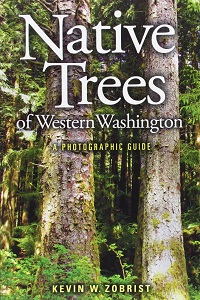
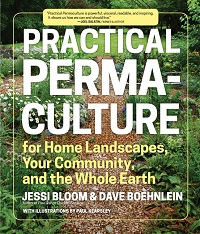
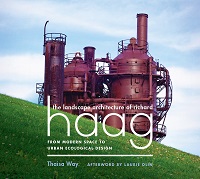

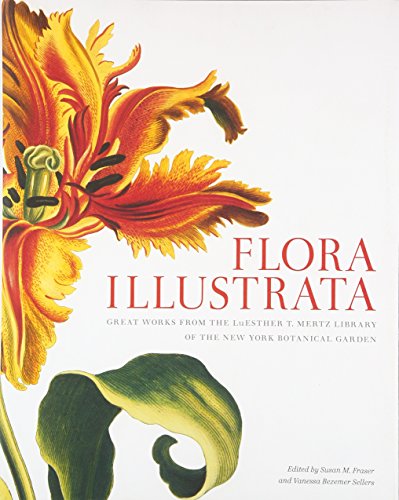 New on the shelves of the Miller Library is a wonderful book, Flora Illustrata, about the LuEsther T. Mertz Library of the New York Botanical Garden. What makes it so wonderful? Why write a whole book about a library? The editors, Susan M. Fraser and Vanessa Bezemer Sellers, answer these questions in their preface. “We hope that Flora Illustrata captures the wonderful experience of spending an afternoon…among the rustling sound of turning pages, the smell of age-worn paper-worlds of wonder emerging from the heavy sheets.”
New on the shelves of the Miller Library is a wonderful book, Flora Illustrata, about the LuEsther T. Mertz Library of the New York Botanical Garden. What makes it so wonderful? Why write a whole book about a library? The editors, Susan M. Fraser and Vanessa Bezemer Sellers, answer these questions in their preface. “We hope that Flora Illustrata captures the wonderful experience of spending an afternoon…among the rustling sound of turning pages, the smell of age-worn paper-worlds of wonder emerging from the heavy sheets.”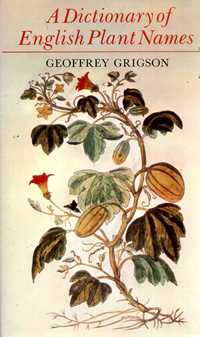

 Working in the kitchen, have you ever wondered whether you could grow peppers from pepper seeds? How about a mango tree from a mango pit? This book for gardeners of all ages explains how to germinate a wide range of commonly-seen seeds most people would usually toss in the bin. The entries detail what each plant would need to grow on to maturity, while an illustrated section at the end highlights basic gardening techniques as well as common problems and solutions.
Working in the kitchen, have you ever wondered whether you could grow peppers from pepper seeds? How about a mango tree from a mango pit? This book for gardeners of all ages explains how to germinate a wide range of commonly-seen seeds most people would usually toss in the bin. The entries detail what each plant would need to grow on to maturity, while an illustrated section at the end highlights basic gardening techniques as well as common problems and solutions.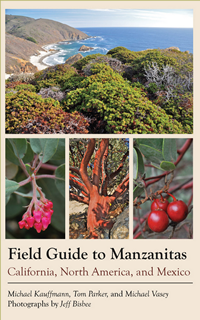 “Field Guide to Manzanitas” is a nearly comprehensive review of the genus Arctostaphylos, covering 104 of the 105 taxa in the world. Why is one missing? The excellent introduction to this book will answer that question and explore the origins and diversification that has led to one species (Arctostaphylos uva-ursi) being found throughout the northern hemisphere, while 60% of the remaining taxa are considered local endemics within the California Floristic Province. This book is a must for botanizing in California and helpful in making horticultural selections in the Pacific Northwest.
“Field Guide to Manzanitas” is a nearly comprehensive review of the genus Arctostaphylos, covering 104 of the 105 taxa in the world. Why is one missing? The excellent introduction to this book will answer that question and explore the origins and diversification that has led to one species (Arctostaphylos uva-ursi) being found throughout the northern hemisphere, while 60% of the remaining taxa are considered local endemics within the California Floristic Province. This book is a must for botanizing in California and helpful in making horticultural selections in the Pacific Northwest. “Field Guide to Grasses of California” is an excellent survey of the most common of the 603 taxa, both native and naturalized, in the state. James P. Smith is a professor emeritus of Humboldt State University and his teaching skills are evident throughout. While many species are not found in Washington (only 337 taxa), there is overlap especially with northern California. If you study grasses, this book is well worth reading for its methodology and for a confession (p. 123): “I do not want to discourage you, but you will not be able to identify every grass that you run through the key in this book…” The absolution that follows will lighten the heart of any student botanist.
“Field Guide to Grasses of California” is an excellent survey of the most common of the 603 taxa, both native and naturalized, in the state. James P. Smith is a professor emeritus of Humboldt State University and his teaching skills are evident throughout. While many species are not found in Washington (only 337 taxa), there is overlap especially with northern California. If you study grasses, this book is well worth reading for its methodology and for a confession (p. 123): “I do not want to discourage you, but you will not be able to identify every grass that you run through the key in this book…” The absolution that follows will lighten the heart of any student botanist.